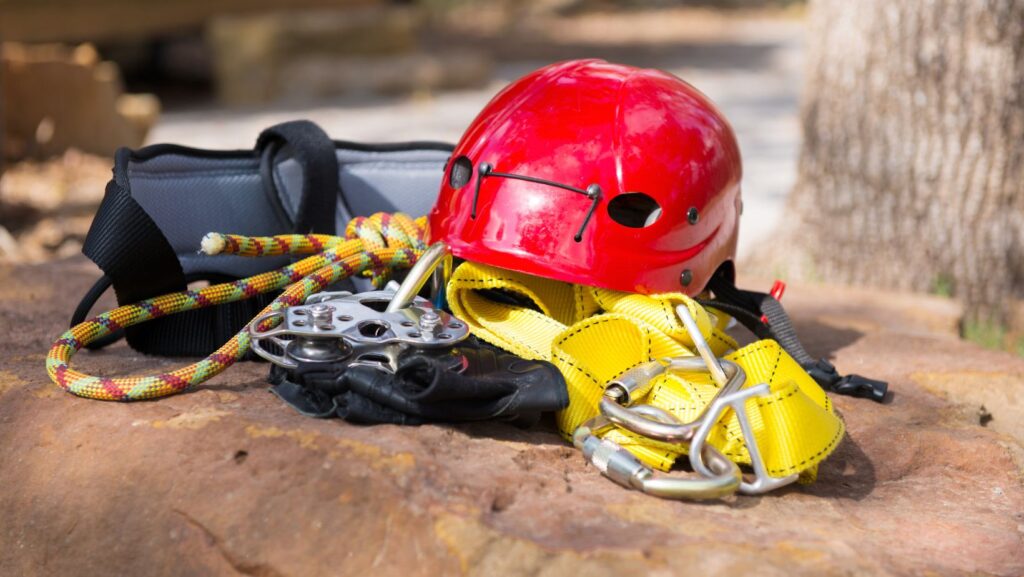Outdoor Gear Revival
The outdoor gear revival centers around reverting back to espousing traditional outdoor equipment. Authenticity, longevity, and sustainability prime as the core driving factors behind this renaissance. Unlike the ephemeral nature of countless modern inventions, traditional outdoor gear, from hardwearing leather boots to reliable canvas tents, offers endurance and reliability. These vintage items are often handmade, imbued with superior craftsmanship and quality materials, marking a stark contrast from their often mass-produced modern counterparts, such as synthetic fabrics and high-tech camping accessories.
The outdoor gear revival isn’t merely a nostalgic trend, but holds concrete implications for outdoor enthusiasts and industries alike. For outdoor admirers, sticklers for quality, it’s about reconnecting with nature sans the interference of superfluous technology. It’s about supporting long-lasting products that elevate outdoor experiences while reducing the impact on the environment—reflecting the ideals of thriving with less and challenging the omnipresent culture of disposability.
Industry-wise, the resurgence presents newer demands and challenges. It bestows an opportunity to steer production towards sustainable practices, uphold craftsmanship, and cater to a market that values intention over convenience. The revival of traditional outdoor equipment necessitates balancing innovation with tradition – an avenue for the industry to reflect, adapt and evolve.
Key Factors Driving the Outdoor Gear Revival
Emerging trends reveal a renewed interest in classic outdoor gear, fueled by factors such as environmental consciousness, sustainability, and advancements in technology. This section delves into these key catalysts propelling the revival movement. In an era dominated by eco-awareness, consumers gravitate towards goods that promote environmental sustainability. Outdoor gear, traditionally crafted with longevity in mind and constituted from natural materials such as leather, canvas, and wood, aligns with eco-conscious sentiments.  This attachment aligns with a larger societal shift towards sustainable lifestyles, bolstered by resistance to the throwaway culture that has arisen from mass production. Vintage outdoor equipment embodies these principles, often crafted to last and encourage repair rather than replacement, compounding their appeal to the environmentally aware.
This attachment aligns with a larger societal shift towards sustainable lifestyles, bolstered by resistance to the throwaway culture that has arisen from mass production. Vintage outdoor equipment embodies these principles, often crafted to last and encourage repair rather than replacement, compounding their appeal to the environmentally aware.
While the outdoor gear revival is partly a backlash to technology’s ubiquity, it’s also somewhat paradoxically fueled by it. Over the past decade, advancements in materials science have facilitated the creation of gear that marries the charm and durability of traditional items with modern performance and convenience. For instance, advancements have resulted in hiking boots with vintage aesthetics yet incorporating cutting-edge materials for enhanced comfort and durability. Similarly, technology has enabled the production of weatherproof canvas tents that retain the traditional charm but offer improved utility, proving that technology and tradition need not be mutually exclusive. In a nutshell, innovation plays a crucial role in meeting consumer demand for gear that offers the best of both worlds, bridging the gap between the old and the new.
The Future of Outdoor Gear Revival
Glimpses into the future suggest continued growth for the outdoor gear revival. Advances in material science and technology propose the possibility of producing outdoor gear that flawlessly marries vintage aesthetics with modern functionality. These products, adorned with the charm of antiquity, yet equipped with cutting-edge performance add-ons, are likely to find favor with a wider consumer base.
With the increasing global emphasis on sustainability, gear produced using environmentally friendly materials and processes is projected to garner more interest.  Brands that invest in creating cylindrical economy models, similar to Patagonia’s Worn Wear program, stand to gain from this emerging trend.
Brands that invest in creating cylindrical economy models, similar to Patagonia’s Worn Wear program, stand to gain from this emerging trend.
Further, as consumers delve deeper into the ethos of conscious consumption and the charm of vintage-style gear, storytelling will likely emerge as a significant marketing tool. Brands that weave compelling narratives around their products, spotlighting the intricate craftsmanship, durability, and sustainable ethos, can effectively engage with their target audience.
While the future of outdoor gear revival paints a promising picture, it’s not without potential pitfalls. One plausible issue revolves around maintaining the balance between the handcrafted allure of traditional gear and improving performance using modern technologies. Striking the right balance, such that neither aspect outshines the other, poses a significant challenge.
Scalability presents another hurdle. The hands-on production process synonymous with traditional gear inherently caps manufacturing volumes. Brands will need innovative solutions to scale-up production without compromising craftsmanship quality or jeopardizing sustainability principles.

